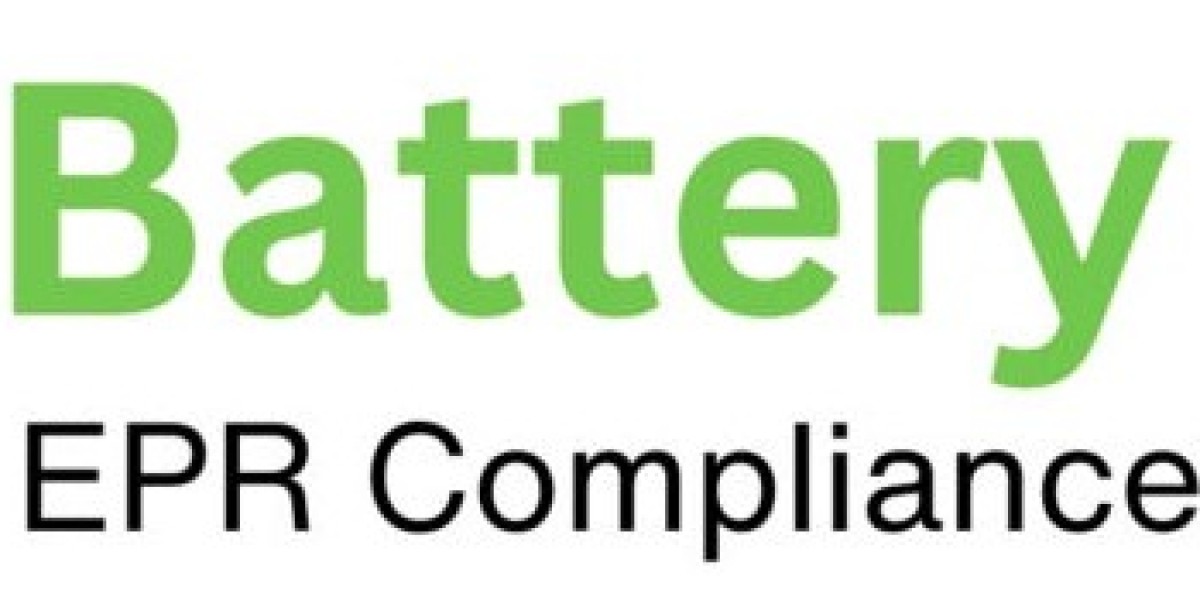For companies manufacturing or importing batteries in India, the compliance journey under the Battery Waste Management (BWM) Rules, 2022, extends far beyond simple registration. The Central Pollution Control Board (CPCB) has established a highly technical, digitally enforced regime that ties financial risk directly to the precise chemistry of the batteries you sell.
This detailed guide moves past the definition of EPR to focus on the operational and financial mechanisms every producer must master to avoid crippling penalties.
1. The Digital Foundation: Barcodes and Traceability
Recent amendments have closed the compliance loop by mandating digital traceability. Producers are now required to display their EPR registration number via a barcode or QR code on the battery, battery pack, or equipment packaging by March 31, 2025.
This is the ultimate linkage: it connects every physical unit sold in the market to your digital compliance record on the CPCB portal. For your epr battery compliance strategy, this means:
Mandatory Labelling: Ensuring all new stock meets the barcode/QR code requirements is essential for market entry.
Data Integrity: The data you report on the portal must perfectly align with the products you label and sell.
2. The Technical Challenge: Metal-Wise EPR for Battery
The CPCB portal does not track a single EPR target; it calculates collection and recycling obligations based on the critical metals within your batteries.
This requires a granular understanding of battery epr targets, which are metal-specific. For example, a producer of Lithium-Ion batteries must meet separate targets for Lithium, Cobalt, Nickel, and Manganese, whereas a Lead-Acid battery producer focuses on Lead.
Fulfilling this is a highly technical procurement exercise:
Target Generation: Calculating your metal-wise targets (in kilograms) using historical sales data on the CPCB portal.
Certificate Matching: You must purchase metal-specific EPR certificates (e.g., Lithium certificates) from registered recyclers to fulfill the Lithium portion of your target. A Cobalt certificate cannot fulfill a Nickel target.
3. The Financial Risk: Decoding Environmental Compensation (EC)
The most urgent update about EPR compliance is the detailed guidelines for Environmental Compensation (EC), a regime designed to penalize non-compliance via two streams:
| EC Regime | Trigger Event | Penalty Type & Severity |
| EC Regime 1 | Non-fulfilment of mandatory metal-wise recycling targets. | Calculated per kilogram of shortfall. For example, the penalty for Lithium is high (e.g., INR 2400/kg), while other metals like Lead or Copper have lower but still substantial per-kilogram costs. |
| EC Regime 2 | Failure to register, false reporting, or delayed annual returns. | Fixed penalties that double with each subsequent default (e.g., ₹20,000 for the first default, ₹40,000 for the second, escalating rapidly). |
The key takeaway is that paying the EC does not absolve the producer of the recycling obligation. Any unfulfilled epr for battery target is carried forward for up to three years. There is a partial refund mechanism for EC paid (up to 75% if fulfilled in the first year), but the financial burden and administrative complexity are massive.
Conclusion: Strategy Over Reaction
The Battery Waste Management Rules, 2022, demand a proactive, data-centric compliance strategy. Businesses must secure CPCB registration, master metal-wise target calculations, integrate digital traceability into their packaging, and strategically manage the purchase of EPR certificates.
In this high-stakes environment where penalties are severe and metal-specific, relying on expert compliance partners is the most efficient way to ensure your entire supply chain remains compliant and protected from the steep costs of EC.








